Men in black stand to attention await the alarm.
Military parade Gorky Street Moscow 1952
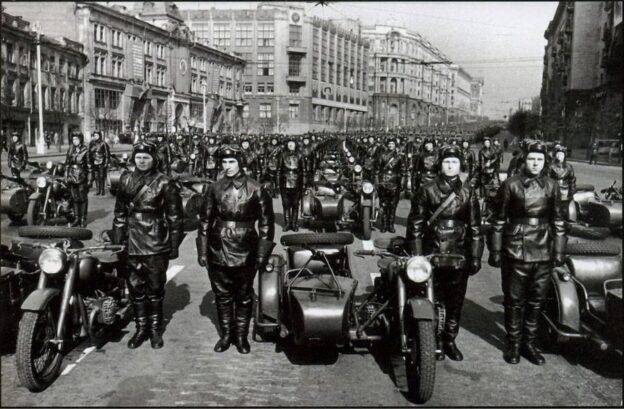


Men in black stand to attention await the alarm.
Military parade Gorky Street Moscow 1952
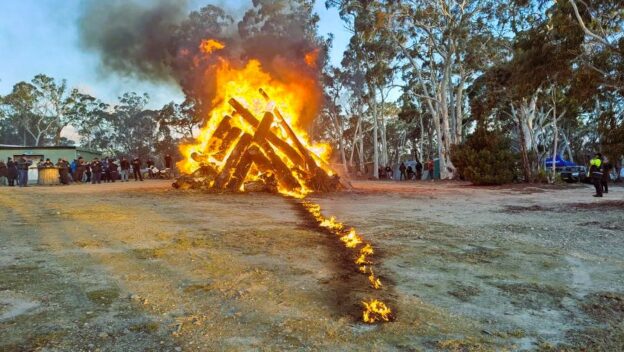
Have a good bonfire/rally pic?
Send it in, plz.
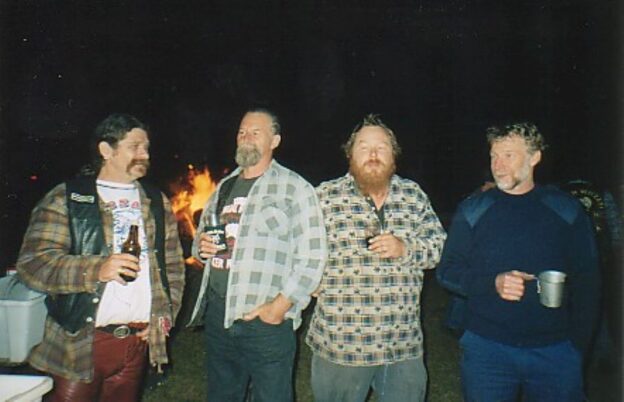
Andy (dec.), Norm (dec.), Tom and AirForce.
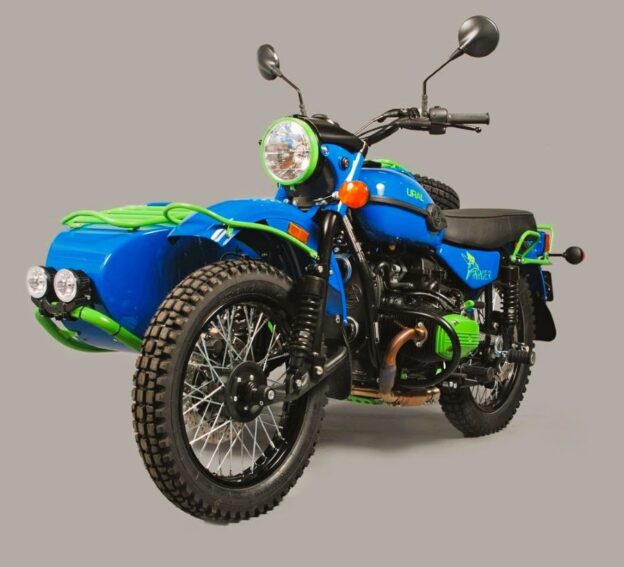
the latest from IMZ Kazakhstan, 2023
IMZ also have an art curriculum, in which their art department plays with special projects. This is the Green Tanager, announced today.
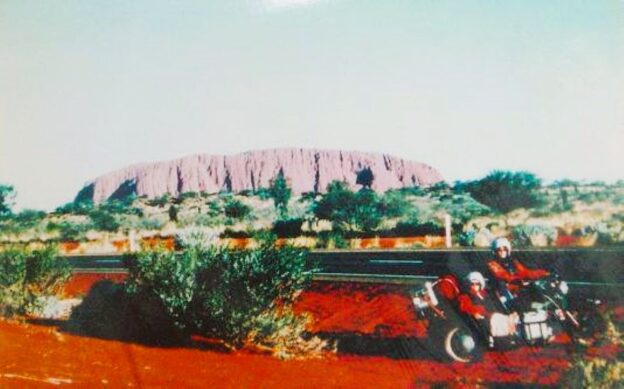
another old photo of the Swiss World Travel Team, Gerhard Iten and Lucia Fuchs, doing a lap of Uluru (Ayers Rock) in Central Australia.
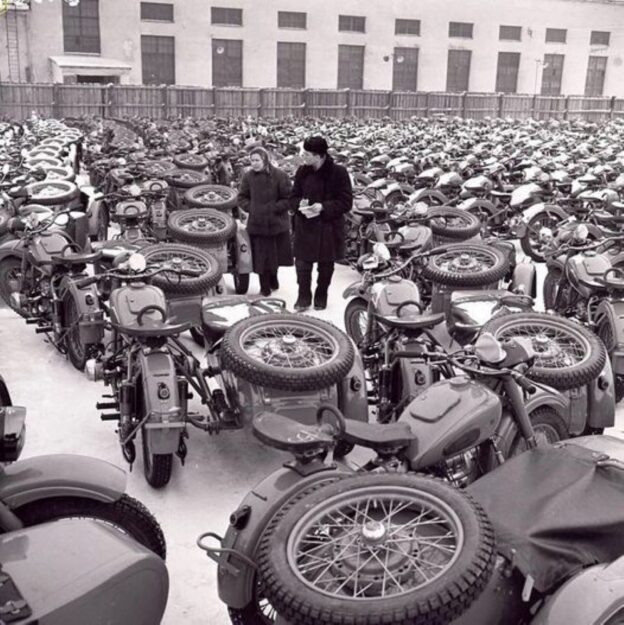
An old photograph from days gone by.
source: Dolf Peeters. thanks to Anna
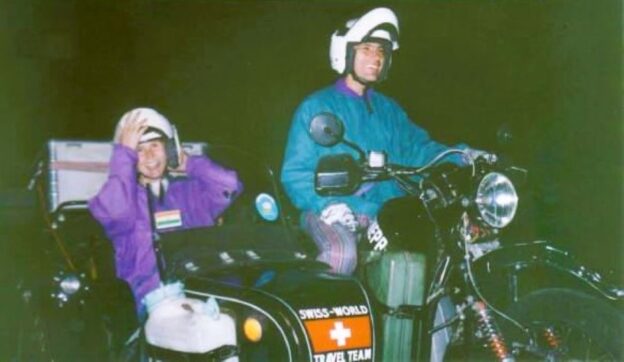
Gerhard Iten and Lucia Fuchs – the Swiss World Travel Team wrote a book about their travels, (in German)
“Speichenbruch und Motorschaden. Vom Abenteuer einer Dnepr-weltreise gebundene Ausgabe”
which translates (roughly) to
“Broken spokes and engine damage. Hardback edition of the adventure of a Dnieper world tour”
One chapter is titled “The RMOA – Our Salvation”
Wonderful wonderful people! They were able to come to an RMOA meeting, we also had a wonderful lunch, and yes drinks. It was around early 1990s..
The Swiss Gerhard Iten and his partner Lucia Fuchs spent almost three years on a Dnepr.
On the spot photo above by JD
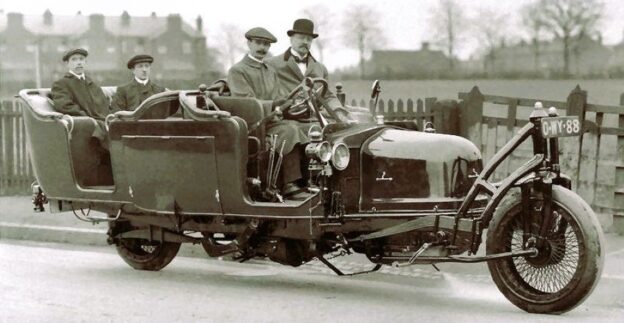
The Shilovski Gyrocar was commissioned in 1912 by Count Pyotr Shilovsky, a member of the Russian nobility. A clever gentleman, by all accounts, he designed the unusual vehicle whilst living in Britain and contracted the Wolseley company to build it. It was completed in 1914, just as things got rather busy in Russia – and elsewhere.
The gyrocar was powered by a modified four cylinder Wolseley 16-20 engine displacing just over 3 litres. This was front mounted with the radiator forming the firewall, and drive was via cardan shaft to the rear wheel. The machine had no wheel brakes; it used a transmission brake on the drive train.
Capable of carrying five passengers, it weighed in at 2 3/4 tons empty and with a wheelbase approaching 20 feet its turning circle radius was comfortably within that of a football field.
Shilovski returned to Russia at the outbreak of WWI and Wolseley did not hear from him again so they did the sensible thing and buried his machine. It was disinterred in 1938, restored and featured in the Wolseley museum, just in time for the next war. The weirdness failed to abate, however, and Wolseley broke the machine up for scrap in 1948.
Possibly the scariest thing on two wheels, ever.
sources: Classic Motorcycles, British Motorcycles, Wikipedia
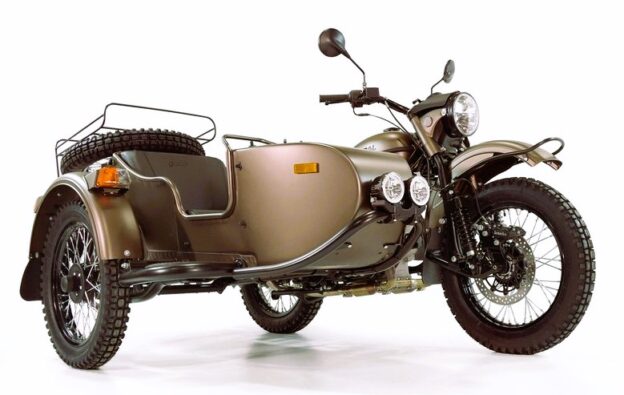
from Madina:
It is expensive and difficult to build motorcycles. All hands on deck went to steering production, logistics and support through our big transition (to Kazakhstan). That left little resource for marketing. Haven’t even had a chance to mention our new “Base”!
We are recalibrating, though. Here’s quick and simple overview of what we offer for 2023.
Naked Truth: 2023 GEAR UP 2WD One Model, Three Trims. Gear Up Base and Gear up Standard. Gear Up Expedition coming soon. Plus lots of a la cart options and over 90 custom colors.
The Team at Ural
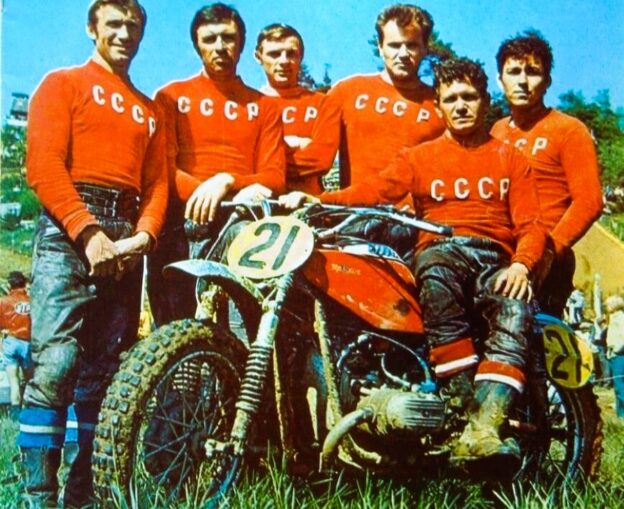
The USSR national team at the stage of the FIM Motocross Cup on Motorcycles and Sidecars, 1972 in the Netherlands.
From left to right: Boris Poganovsky, Evgeny Nechiporenko (Kiev, KMZ), Peter Sosnovsky, Valentin Telegin, Anatoly Sibirtsev and Igor Nikonov, (Irbit CO, IMZ).